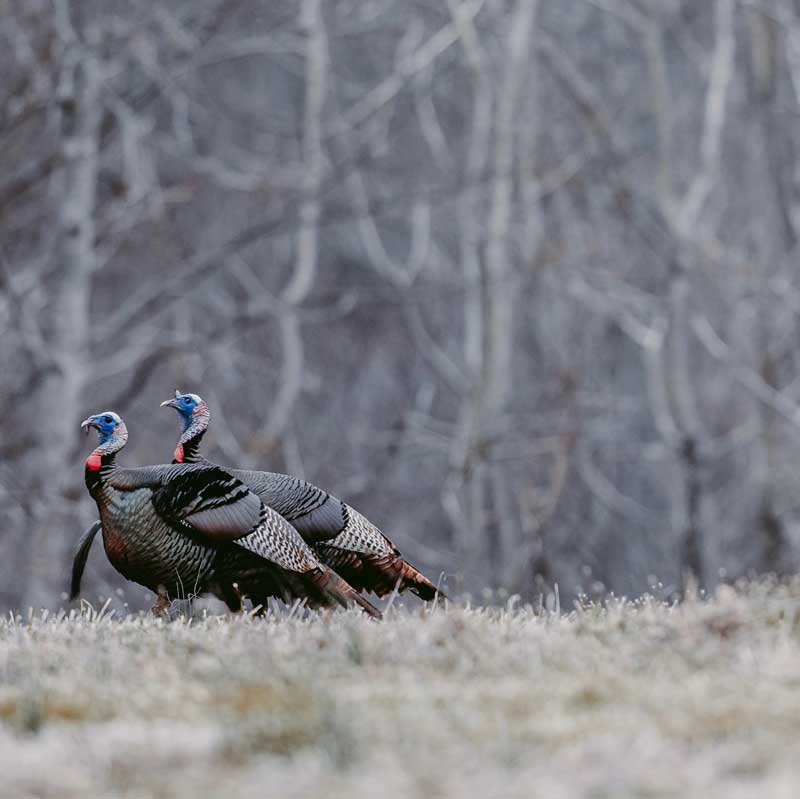Bob Humphrey
When it comes to turkey hunting, the importance of pre-season scouting cannot be understated. Until the guns go off, the birds tend to follow fairly regular patterns and diagnosing these daily routines could make for a very short opening day.

Find the Roosts - There are always exceptions, but turkeys tend to be fairly faithful to favorite roost sites. You can go out in the evening and owl hoot, but just because they don’t respond, doesn’t mean they’re not there. A better tactic is to go out before dawn and listen; let them gobble on their own. Mark the locations on a map and make several return visits to confirm regularity.
Monitor Fly-down - Knowing where the birds roost is only one piece of the puzzle. You also need to know which way they’ll go when they leave the roost, otherwise your opening day hunt could be close, but no cigar. You may even find they go in different directions on different days, but at least you can narrow the possibilities.
Know Where They Go - As alluded to above, turkeys don’t always do what we want them to. Knowing where they are at dawn is helpful but it’s also nice to know where they go after, especially if you’re in the wrong place during fly-down. After the initial flurry of strutting and posing, they often head for a favorite feeding area, and if you know where that is, you should too.

Diversify - Your favorite flock may seem like a slam dunk but many’s the slip twixt a cup and a lip. Scout multiple flocks in case you arrive at Location A and find it’s a parking lot. Have a Plan B, C, D... and learn their patterns as well.
Scout Up in the Day - Most hunters scout early and late, then hunt all day. Those midday hours could be frustrating and wasted if you don’t know where the birds go to loaf, dust and digest after the morning flurry. Most other hunters have left the woods too, so you may find it easier to locate and call a bird without interference.
Bob Humphrey is a certified wildlife biologist, registered Maine guide and award-winning outdoor writer and photographer.































